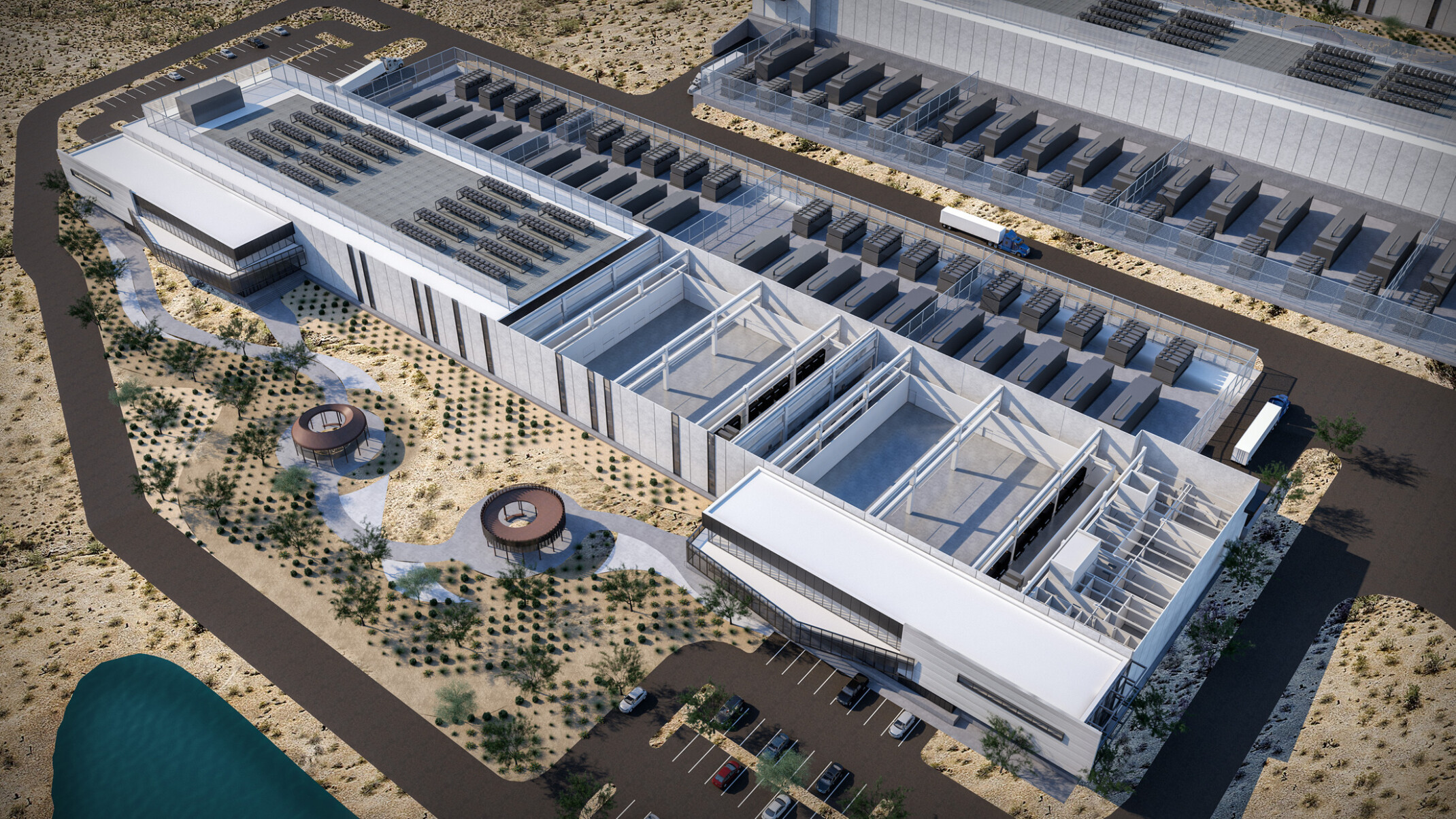
In today’s digital-first world, datacenters form the backbone of our global economy. From cloud services to financial systems and e-commerce platforms, nearly every modern industry depends on datacenters to store, process, and deliver data. However, the massive energy consumption of these facilities has become a pressing concern. Traditional datacenters consume enormous amounts of electricity, contributing significantly to operational costs and environmental impact. This is why energy efficiency has become a central focus in modern datacenter construction. Designing with sustainability in mind not only reduces costs but also ensures long-term viability in an era of rising energy demands.
Why Energy Efficiency Matters in Datacenters
Datacenters are energy-intensive by nature. They house thousands of servers, cooling systems, and networking equipment that must run 24/7. According to industry estimates, datacenters account for roughly 1–2% of global electricity consumption, with demand expected to increase as cloud computing, artificial intelligence, and data analytics expand.
Energy efficiency matters for several reasons:
-
Cost savings: Electricity is often the single largest operational expense for datacenters. Improved efficiency reduces long-term costs.
-
Sustainability: Companies face growing pressure to reduce carbon footprints and comply with environmental regulations.
-
Reliability: Efficient systems run cooler and more consistently, reducing risks of downtime and equipment failure.
-
Scalability: As data demands grow, energy-efficient construction ensures that facilities can scale without exponential increases in costs.
Designing for Efficiency: Key Considerations
Energy efficiency begins at the design stage. The layout, equipment choices, and building materials all influence how much power a datacenter will ultimately consume. Modern designs focus on maximizing cooling efficiency, leveraging renewable energy, and optimizing equipment utilization.
1. Location and Climate
Choosing the right location can drastically reduce cooling costs. For instance, building a datacenter datacenters in cooler climates allows operators to use “free cooling” techniques, leveraging outside air instead of relying entirely on energy-intensive air conditioning systems.
2. Building Layout
Designers consider airflow management from the start. Raised flooring, hot and cold aisle containment, and modular layouts help direct airflow efficiently, reducing wasted energy.
3. Energy-Efficient Equipment
Selecting servers, storage devices, and power supplies that meet modern efficiency standards (such as ENERGY STAR® certified equipment) can reduce baseline energy consumption.
Cooling Systems: The Heart of Energy Efficiency
Cooling systems are among the biggest energy consumers in any datacenter. Without efficient cooling, servers overheat, leading to downtime and equipment damage. Innovative approaches to cooling have become a cornerstone of energy-efficient construction:
-
Liquid cooling: Instead of relying solely on air conditioning, some datacenters use liquid immersion or direct-to-chip cooling, which is far more efficient at removing heat.
-
Free cooling: Utilizing natural outside air or water sources for cooling can drastically reduce energy consumption.
-
Hot/Cold Aisle Containment: By separating hot and cold airflow paths, these systems prevent energy waste and improve overall cooling efficiency.
Power Management and Renewable Energy Integration
Energy-efficient datacenters don’t just focus on reducing consumption—they also integrate renewable energy sources. Solar panels, wind energy, and even hydroelectric power are increasingly being incorporated into construction plans.
Additionally, advanced power management systems ensure that energy is distributed efficiently across equipment. Uninterruptible Power Supplies (UPS) and power distribution units (PDUs) are designed to minimize energy loss during transmission. Smart grids and AI-powered monitoring can further optimize usage by predicting peak loads and balancing consumption accordingly.
Leveraging Technology for Efficiency
Modern datacenter construction incorporates advanced technologies to monitor and manage energy use:
-
AI and Machine Learning: Predictive analytics can anticipate cooling needs, adjusting systems in real time for maximum efficiency.
-
IoT Sensors: These devices track temperature, humidity, and energy usage across the facility, providing actionable insights for optimization.
-
Virtualization: By consolidating workloads onto fewer servers, virtualization reduces the total hardware footprint and associated energy demands.
Case Studies: Leaders in Energy-Efficient Datacenters
Tech giants like Google, Microsoft, and Amazon have set benchmarks for energy-efficient datacenter construction. For example:
-
Google has pioneered AI-driven cooling optimization, achieving significant energy savings.
-
Microsoft experimented with underwater datacenters to leverage natural ocean cooling.
-
Amazon Web Services (AWS) has committed to running its datacenters on 100% renewable energy, using wind and solar farms.
These innovations demonstrate that energy efficiency is not just feasible but also practical at scale.
The Business Benefits of Energy-Efficient Construction
While the environmental benefits are obvious, businesses also gain significant advantages from investing in energy efficiency:
-
Lower operational costs: Reduced power consumption translates directly into savings.
-
Regulatory compliance: Meeting or exceeding sustainability standards can help businesses avoid fines and penalties.
-
Improved brand reputation: Customers increasingly prefer companies with green practices.
-
Future-proofing: Energy-efficient designs ensure that facilities remain cost-effective and competitive as technology evolves.
Conclusion
Energy efficiency has moved from being a secondary consideration to becoming a core priority in modern datacenter construction. From location and layout decisions to advanced cooling systems, renewable integration, and AI-powered monitoring, every design choice contributes to reducing energy consumption. The benefits extend beyond cost savings to include sustainability, reliability, and scalability—qualities essential for today’s data-driven economy.